Document Management System
OVERVIEW
A document management system is an automated software solution for organizing, securing, capturing, digitizing, tagging, approving, and completing tasks with your business files. Although most document management systems store data in the cloud, a DMS is much more than just cloud storage. Because advanced document management systems, like eFileCabinet, handle the large amounts of paper flowing into your business for you, you can spend time on the work that you love.

BENEFITS OF ERM & CRM INTEGRATION
Document management software can vary widely in pricing and cost structure. The first and perhaps most important factor in the cost of your document management system is whether you select a cloud-based or on-premises version.
Time saving: A DMS automates many aspects of document management, taking that responsibility off your hands.
Easy scaling: A document management system easily accomodates your business’s growth, and your indexing system can be adjusted with a few clicks.
Enhanced document security:Document management systems come with built-in security and access controls so you determine who can access certain documents. In addition, you can see all activity on any given document.
Quick and easy document retrieval: With the right indexing system, finding a document can take mere seconds, and employees can remotely access the documents they need.
Better regulatory compliance
Compliance: requirements for many business documents can be complex and demanding; a DMS can help you avoid fines, revoked licenses or even criminal liability by automating key documents within the requirements.
WHAT WE OFFER
Many small to midsize businesses (SMBs), such as legal firms, creative firms, or media and publishing organizations, aim to go paperless and are looking for the right tool to do so. Businesses generate a lot of data regardless, so choosing a reliable and scalable DM system is key to streamlining and automating workflows.
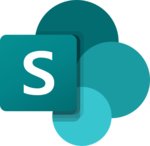
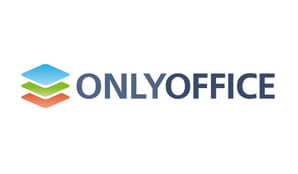
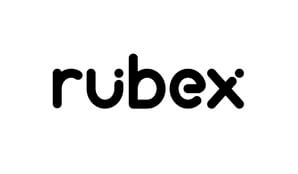

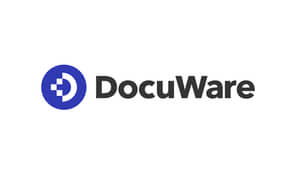
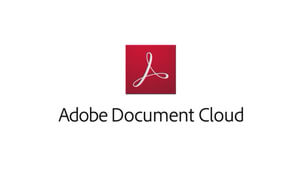
FREQUENTLY ASKED QUESTIONS
A document management system captures the document, which is done by scanning in the physical document or downloading a digital version via email or using other applications. Next, the document is indexed, meaning it is classified with tags, keywords and metadata that make it so it can be searchable. Finally, the document is organized and placed in a folder, where it can be accessed by the appropriate employees.
Most document management systems are cloud-based, so once a file is appropriately secured into the system, it can be accessed from anywhere with an internet connection. Some document management software providers offer mobile apps, which gives users even more flexibility and convenience in accessing documents.
The best document management system should be easy to use; it should allow for document sharing; and it should have collaboration tools, mobile functionality, and version control. The first two features allow your team to work together on critical documents without needing to be in the same office. Version control maintains a log of every change (and who made it) to your company’s documents.
Another important feature to keep in mind that you want to make sure the software you choos